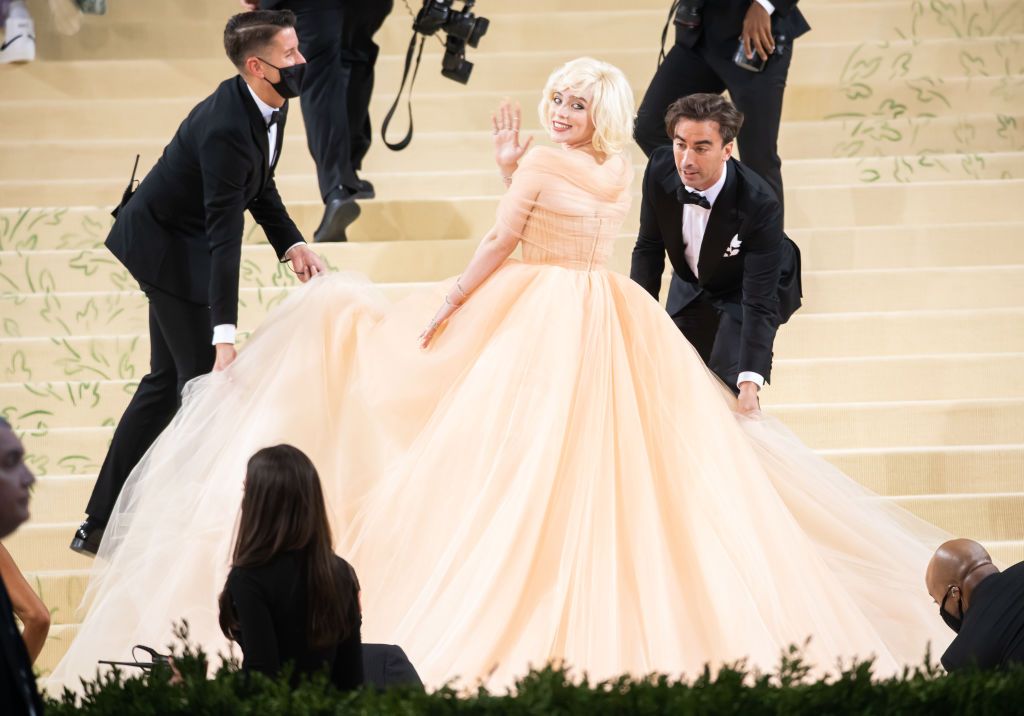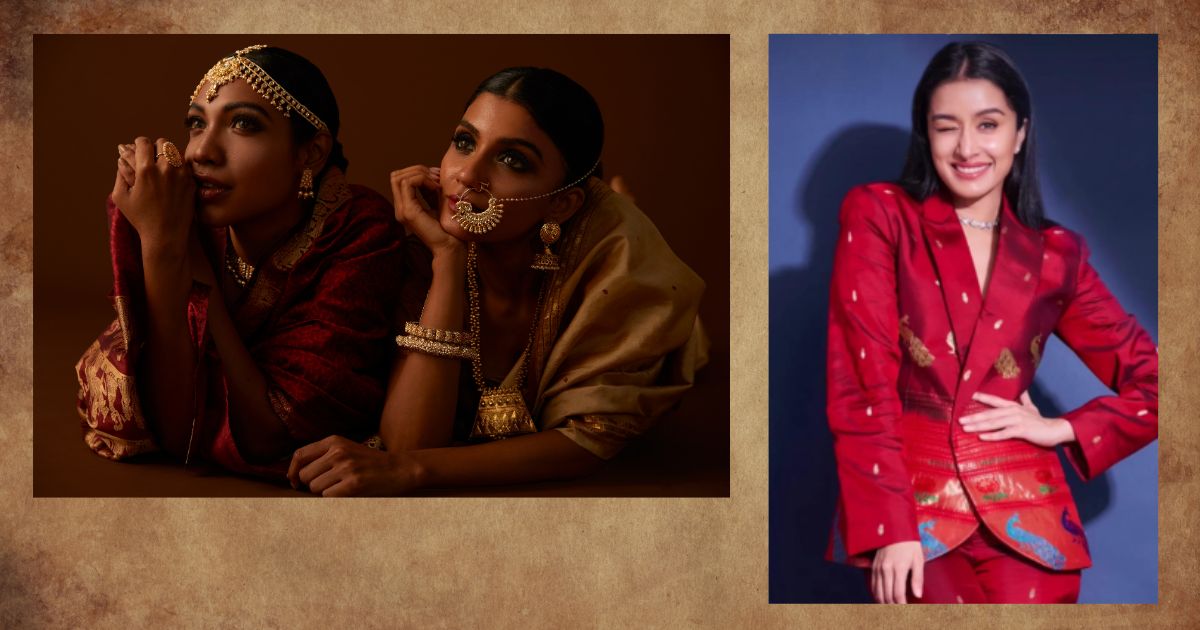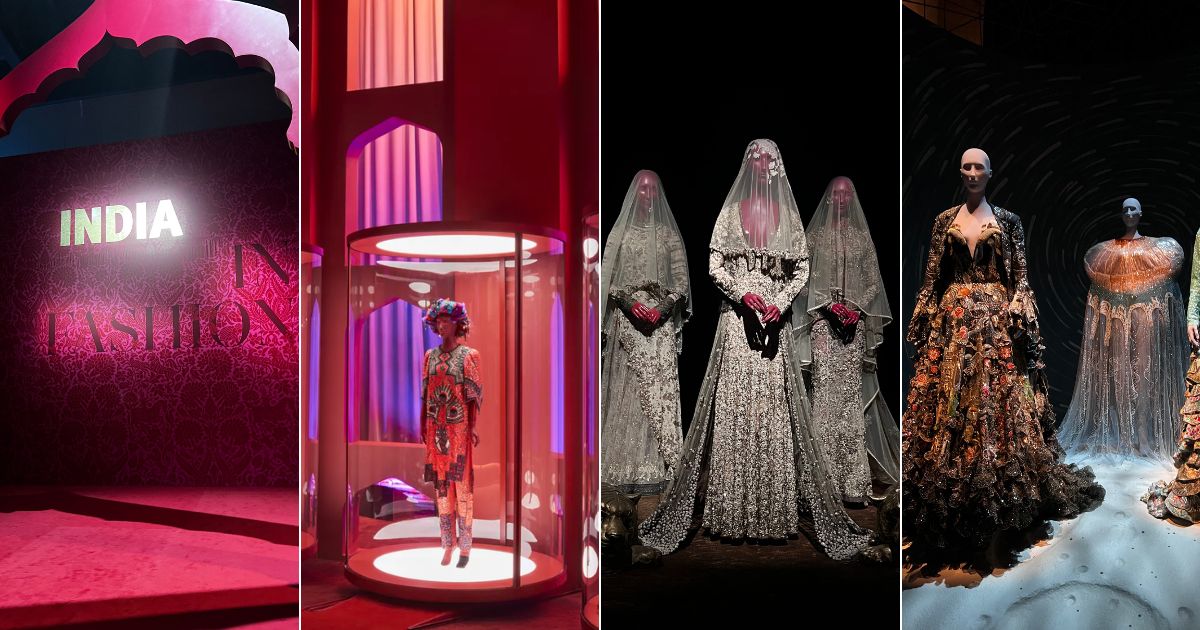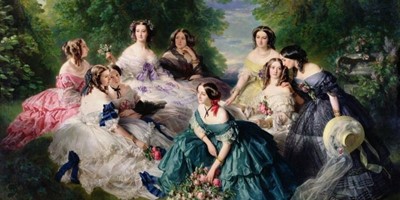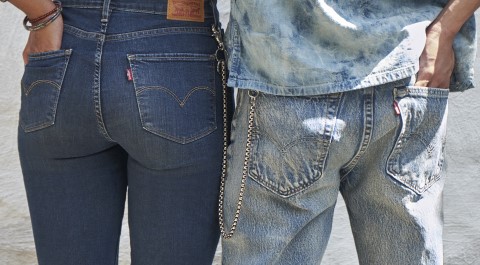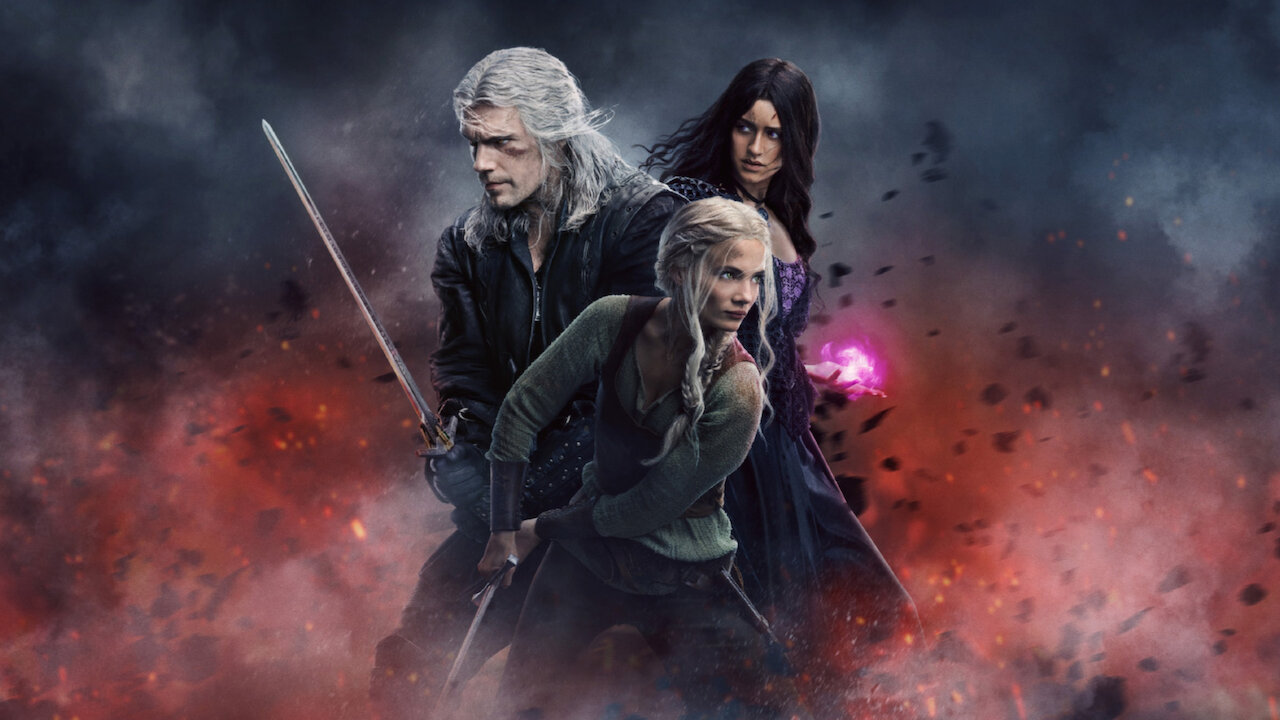As one of the most anticipated events in the fashion industry, the Met Gala has become a night of glamour, extravagance, and creativity. Each year, the Met Gala brings together celebrities, fashion icons, and designers to celebrate fashion and art while also raising funds for the Metropolitan Museum of Art’s Costume Institute. In this column, we will delve into the history and evolution of this iconic event.
The Early Years of the Met Gala
The Met Gala, also known as the Costume Institute Benefit, was first established in 1948 by fashion publicist Eleanor Lambert as a way to raise funds for the Costume Institute. The event was initially a modest affair, with tickets priced at $50 and only a select few attendees, including high-profile socialites and celebrities.
In the early years, the Met Gala’s theme revolved around the Costume Institute’s exhibitions. It was not until the 1970s that the event started to become a true fashion extravaganza.
The 1970s to 1990s: The Met Gala’s Fashion Evolution
In the 1970s, the Met Gala’s theme started to shift towards contemporary fashion, with designers becoming more involved in the event. This decade also saw the introduction of the red carpet, where guests would walk and showcase their elaborate gowns and outfits.
In the 1980s, the Met Gala took on a more theatrical and dramatic tone. This era saw the birth of the Met Gala’s famous themes, such as “Costumes of Royal India” and “The Age of Napoleon.” The event also started to draw in more high-profile celebrities, including Princess Diana and Madonna.
The 1990s continued the trend of theatrical themes and bold fashion statements. The Met Gala’s guest list also became more diverse, with the inclusion of designers, musicians, and actors from around the world.
The 2000s to Present: The Met Gala’s Rise to Global Prominence
The turn of the millennium saw the Met Gala rise to global prominence, becoming one of the most anticipated events in the fashion industry. The event started to attract even more high-profile celebrities, with the likes of Beyonce, Rihanna, and Lady Gaga becoming regulars on the red carpet.
In the 2010s, the Met Gala’s themes became even more elaborate and ambitious, with themes like “China: Through the Looking Glass” and “Heavenly Bodies: Fashion and the Catholic Imagination.” These themes showcased the intersection between fashion, art, and culture.
Conclusion
From its humble beginnings as a small fundraiser to becoming one of the biggest nights in fashion, the Met Gala has undergone a remarkable transformation. Its evolution reflects the ever-changing fashion industry and its relationship with art and culture. The Met Gala has become a platform for designers, celebrities, and artists to showcase their creativity, and we can’t wait to see what the future holds for this iconic event.







